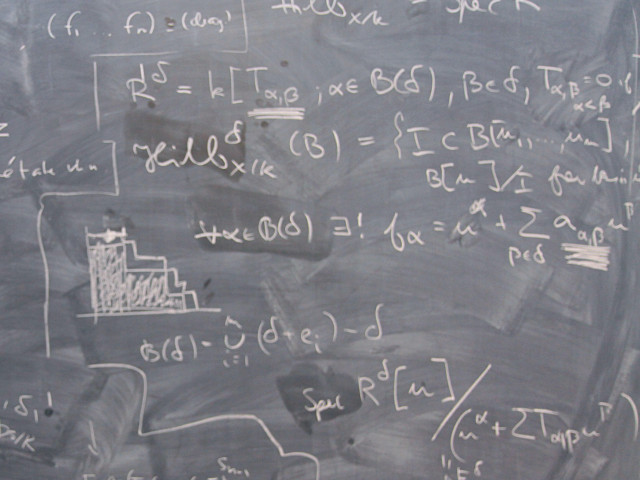Theory of the common linear model: Estimation, confidence intervals and hypothesis testing.
Regression analysis: Multiple regression analysis.
Modelling: selection bias, simultaneity, heteroskedasticity, multikollinearity and estimation methods for such problems. The LOGIT model.
Variance analysis: One, two and multi way variance analysis, hierarchical splitting. Systematical and stochastic components.
Experimental planning: Factor trial, totally randomised tests, randomised blocks, Latin squares totally and fractional 2k-experiments.
Sample theory: Simple random samples, stratified samples.
Statistical quality control: Differentiating and guided control.
Non parametric methods.
To pass the course, the student should be able to do the following:
- analyse and model real data with statistical computer software
- analyse and apply the theory of the general linear model on real problems by estimating the parameters in the general model and quantify the uncertainty in those estimates and determine how this affect the conclusions when testing statistical hypothesis
- perform multiple regression analysis and determine the applicability of the model on a real problem
- Understand problems with observed data, such as simultaneity and sample selection bias, and know how to use instrumental variables.
- perform a one and two sided variance analysis and distinguish between systematic and random factor models in real modelling situations
- analyse and judge different choices of experimental plans, i.e., distinguish between completely randomised experiments, randomised blocks and Latin squares when planning and modelling experiments. Judge the applicability of randomised and stratified sampling.
- apply full and fractional 2k designs on concrete problems
- decide and apply nonparametric methods on real problems based on different modelling aspects
To receive the highest grade, the student should in addition be able to do the following:
- Combine all the concepts and methods mentioned above in order to solve more complex problems.
